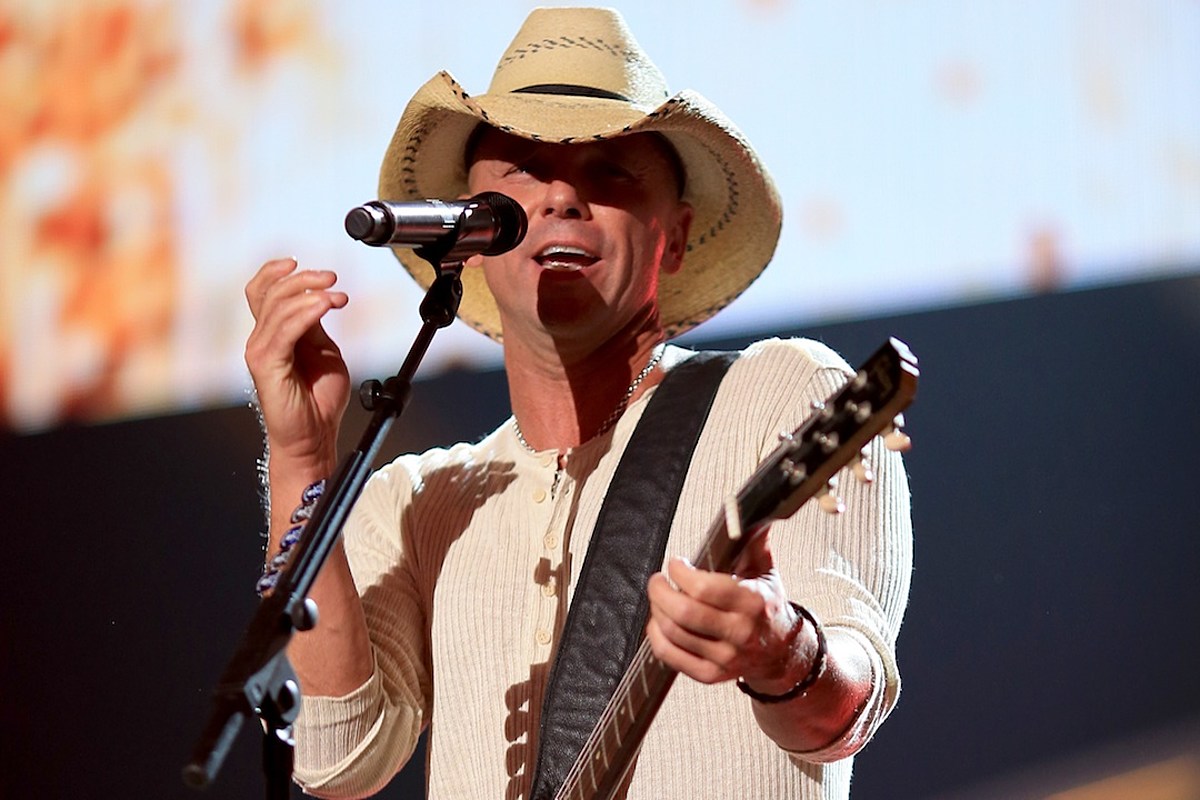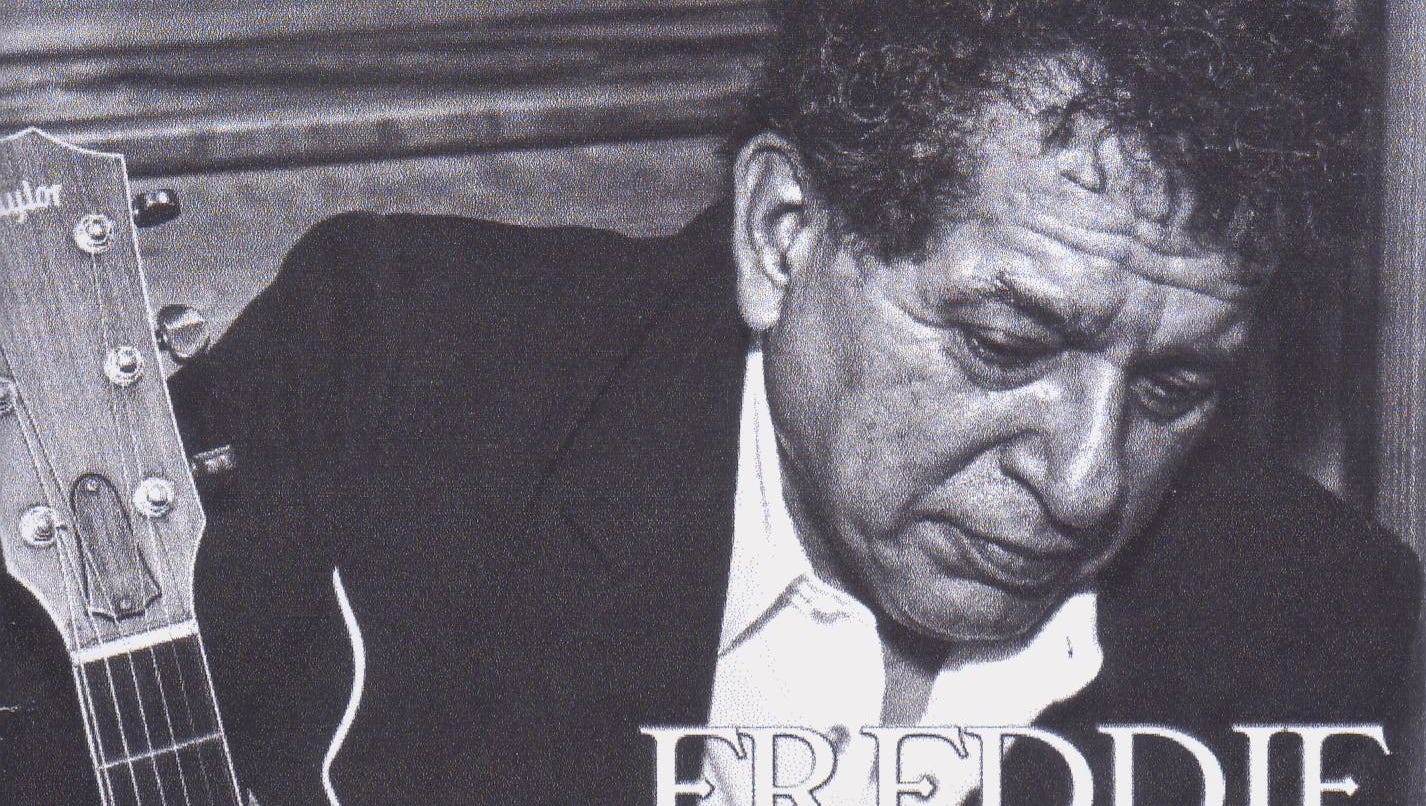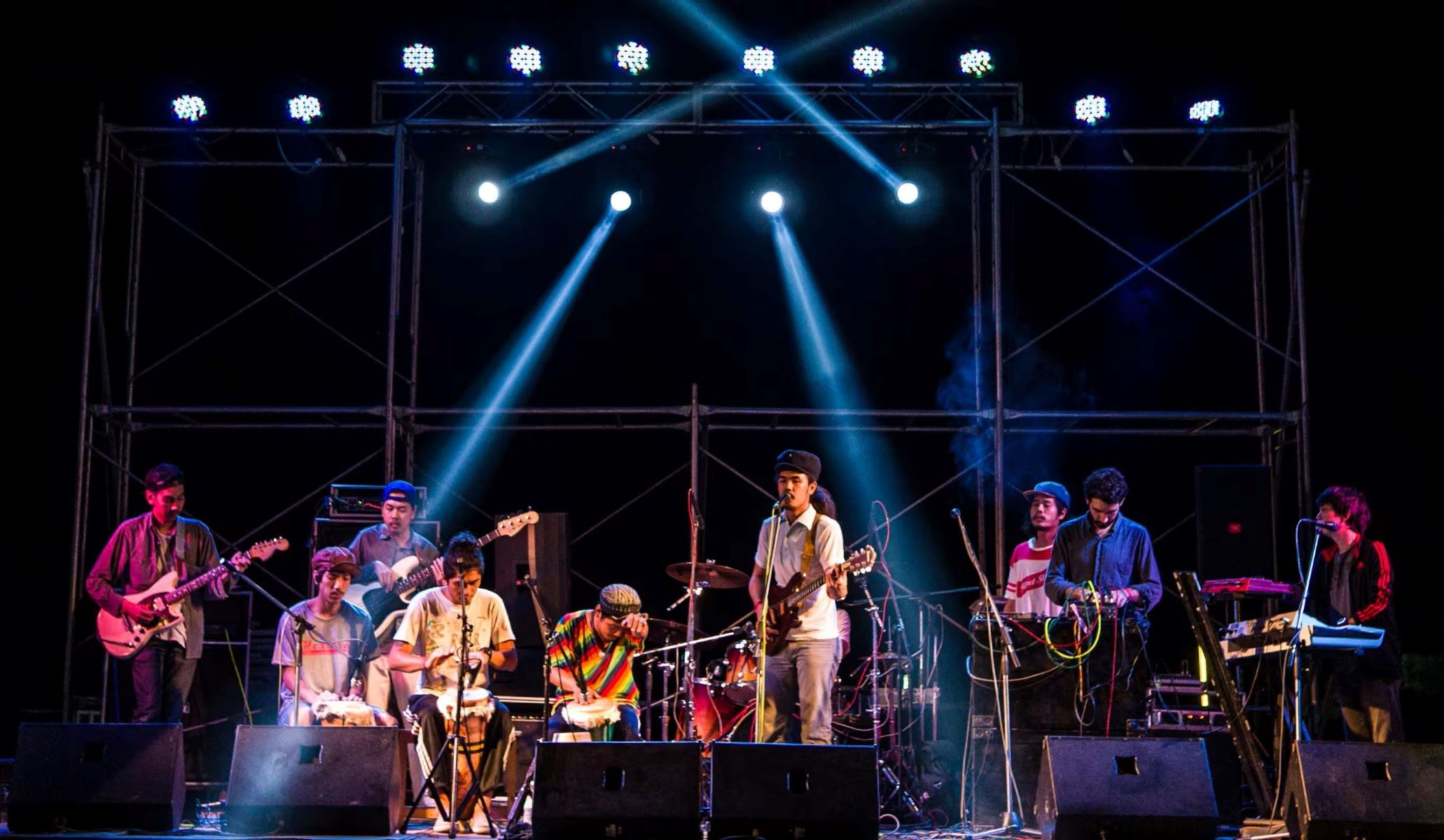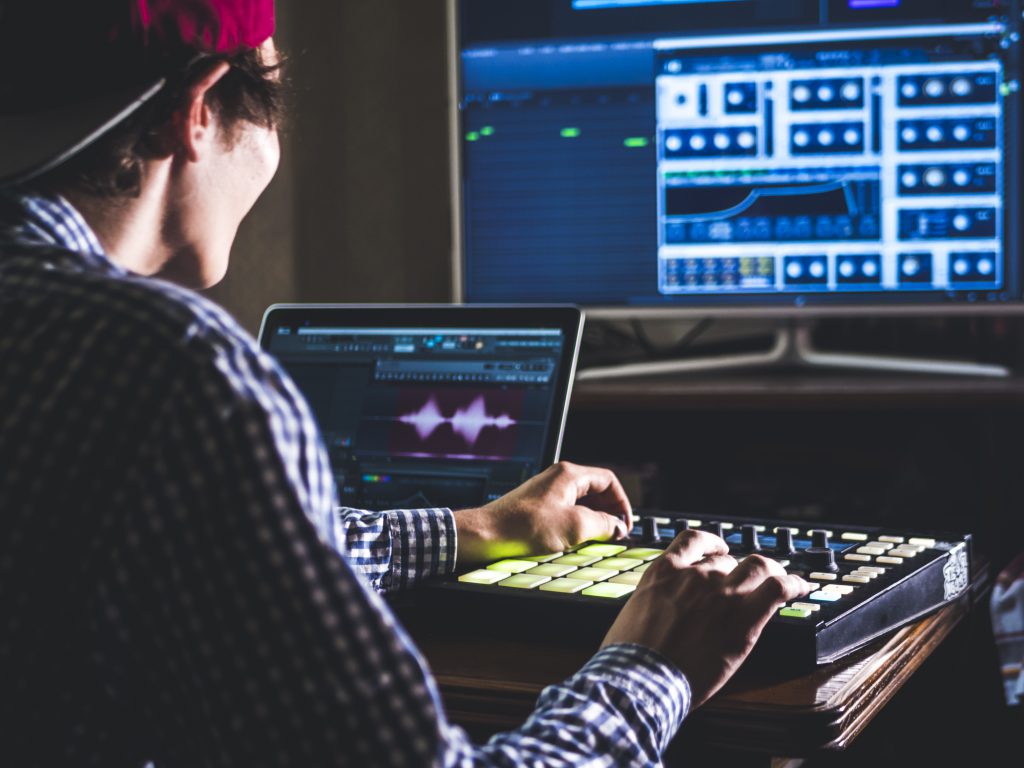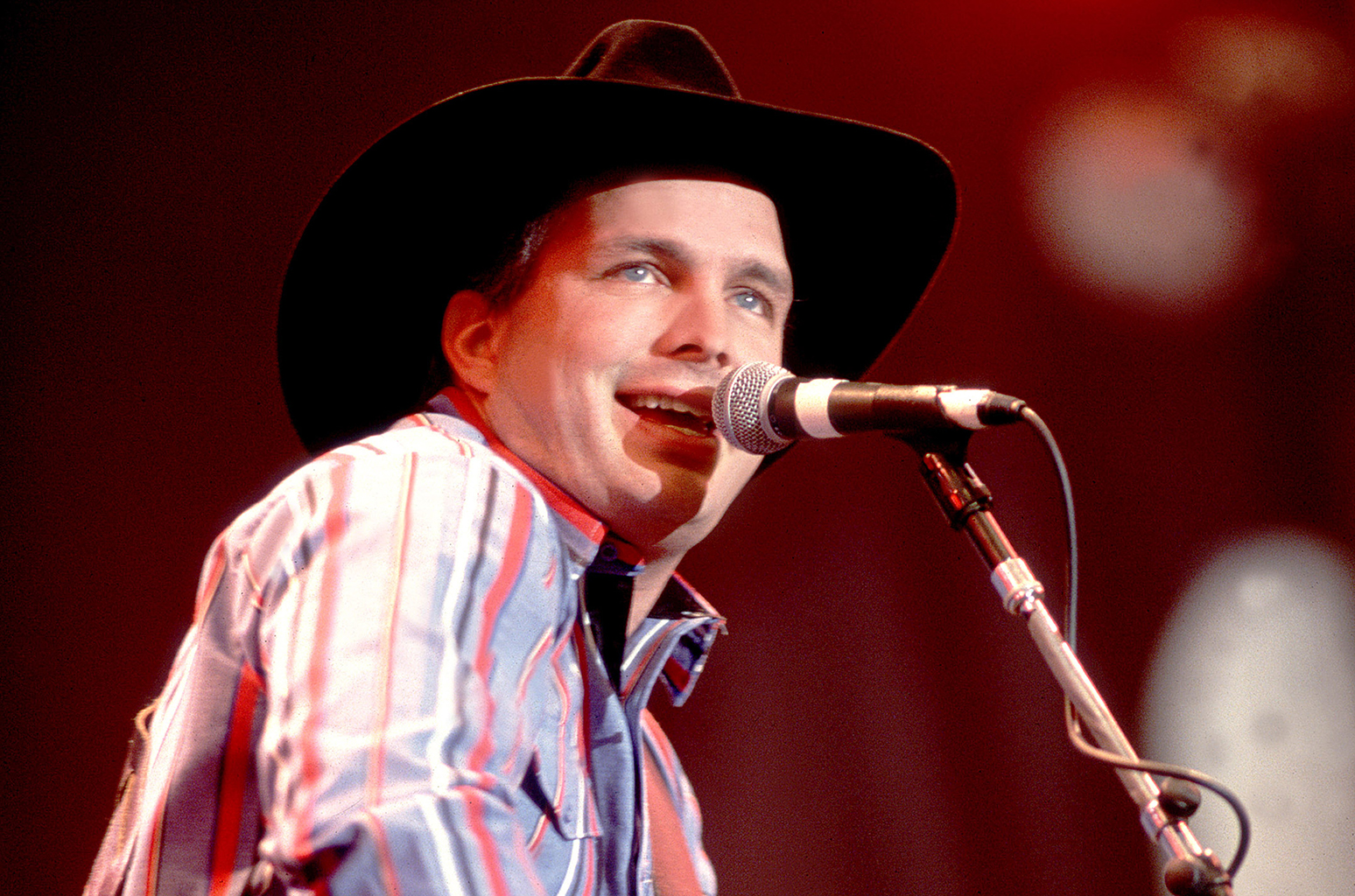Home>Production & Technology>Music Video>Turn Down For What Music Video


Music Video
Turn Down For What Music Video
Published: November 21, 2023
Enjoy the electrifying "Turn Down For What" music video that will make you want to dance all night long. Watch now and experience the ultimate music video thrill.
(Many of the links in this article redirect to a specific reviewed product. Your purchase of these products through affiliate links helps to generate commission for AudioLover.com, at no extra cost. Learn more)
Table of Contents
Introduction
Music videos have become an integral part of the music industry, capturing the attention of millions of viewers around the world. With their visually stunning visuals, compelling narratives, and catchy tunes, music videos have the power to transcend the boundaries of language and culture, making them a powerful tool for artists to promote their music.
One music video that took the world by storm is “Turn Down for What,” a collaboration between DJ Snake and Lil Jon. Released in 2013, the music video quickly became a viral sensation, accumulating millions of views and spawning countless parodies and remixes.
The “Turn Down for What” music video is a perfect example of how a well-executed visual accompaniment can elevate a song to new heights of popularity. In this article, we will delve into the background, concept, and production of the music video, explore its visual effects and editing techniques, discuss its reception and impact, and examine any controversies or criticisms it may have faced.
So buckle up and get ready to dive into the world of the “Turn Down for What” music video, where music meets visuals in a head-banging, eye-popping journey.
Background of the Song
The song “Turn Down for What” was released on December 18, 2013, and quickly became a massive hit in the world of EDM (Electronic Dance Music). The track was a collaboration between French DJ and record producer DJ Snake and American rapper and producer Lil Jon, known for his energetic and party-starting style.
The song’s lyrics, though minimal, perfectly capture the carefree and rebellious spirit of party culture. The repeated phrase “Turn Down for What” serves as a rallying cry for partygoers, expressing their refusal to conform and their desire to keep the energy and excitement going no matter the circumstances.
The song’s infectious beat and catchy hook, combined with Lil Jon’s distinctive voice, created an irresistible party anthem that resonated with audiences worldwide. It quickly climbed the charts, reaching the top positions in numerous countries and solidifying DJ Snake and Lil Jon’s status as hitmakers.
The success of “Turn Down for What” prompted the creation of a music video to further enhance the song’s appeal and reach. The goal was to visually capture the high-energy and rebellious nature of the track, while also entertaining and engaging viewers through captivating visuals and innovative storytelling.
With this background in mind, let’s now explore the concept and production behind the “Turn Down for What” music video and see how it perfectly complements the spirit of the song.
Concept and Production
The concept for the “Turn Down for What” music video was developed by DJ Snake and director duo DANIELS (consisting of Daniel Scheinert and Daniel Kwan). The goal was to create a visually captivating and absurdly entertaining experience that would complement the song’s high-energy and rebellious vibe.
The music video centers around a character who is unable to control his extreme urge to dance. This uncontrollable impulse takes over his body, causing him to break through walls, floors, and even people, as he dances with reckless abandon. The concept is a playful representation of the song’s message of refusing to “turn down” and letting go of inhibitions.
To bring this concept to life, the production team employed a combination of live action and animation. They used a mixture of practical effects, such as breaking through walls, and digital effects to enhance the surreal and chaotic nature of the video.
The production process involved detailed storyboarding, choreography, and coordination between the dancers, actors, and visual effects team. The coordination was crucial to ensure that the movements and interactions between the characters and their environment were seamless and visually engaging.
The music video was shot in various locations, including a residential building and a nightclub. The team utilized innovative camera techniques, such as handheld and point-of-view shots, to immerse viewers in the wild and energetic atmosphere of the video.
Overall, the concept and production of the “Turn Down for What” music video successfully brought the song’s rebellious spirit to life. The combination of dynamic visuals, engaging choreography, and creative effects resulted in a visually stunning and entertaining experience that captivated viewers from the first frame to the last.
Synopsis of the Music Video
The “Turn Down for What” music video takes viewers on a wild and surreal journey through the uncontrollable world of dance. The video begins in a residential building, where a seemingly ordinary man is seen entering an elevator. As the elevator doors close, the music starts and the man’s body begins to convulse with an irresistible urge to dance.
Unable to contain his dance moves, the man bursts out of the elevator, sending shockwaves through the walls and floors. As he dances through the building, his movements become increasingly erratic and destructive, breaking through furniture, walls, and even people.
Throughout the video, the chaotic energy of the dancing man infects other characters, causing them to join in the frenetic dance frenzy. From neighbors to firefighters, everyone caught in the path of the contagious dance craze becomes a part of the explosive performance, unleashing their own uninhibited moves.
The video seamlessly blends live-action and animation, adding to the surreal and visually stunning nature of the dance sequences. The use of vibrant colors, rapid cuts, and exaggerated movements further accentuates the high-energy and rebellious spirit of the song.
As the video progresses, the dance party spills out into the streets, with a crowd of onlookers gathering to witness the spectacle. The infectious dancing spreads like wildfire, causing chaos and mayhem wherever it goes.
The climax of the video occurs when the dancers converge in a nightclub, unleashing a dance-off like no other. The music reaches its peak, and the energy in the room is electric as the characters showcase their wildest and most extreme dance moves.
Ultimately, the video ends on a high note, with the dancers celebrating their uninhibited and carefree spirit, embracing the idea of “turning down for what.” The explosive and entertaining visuals provide a perfect visual representation of the song’s refusal to conform and embrace the freedom of self-expression.
Overall, the “Turn Down for What” music video is a frenetic, visually captivating, and wildly entertaining journey through the world of uncontrollable dance, perfectly complementing the energetic and rebellious nature of the song.
Visual Effects and Editing
The “Turn Down for What” music video is a masterclass in visual effects and editing, with its seamless blend of live-action footage and animation, creating a surreal and visually captivating experience.
The video employs a range of visual effects techniques to enhance the chaotic and energetic nature of the dance sequences. From the practical effects of breaking through walls to the digital effects of objects morphing and transforming, every visual element is meticulously crafted to create a sense of surrealism and excitement.
The editing of the video is fast-paced and dynamic, with quick cuts, rapid transitions, and precise synchronization of visuals to the beat of the music. This enhances the frenetic energy of the dance sequences and keeps viewers engaged and captivated throughout.
One of the standout visual effects in the video is the use of animation. Animated elements are seamlessly integrated into the live-action footage, adding an extra layer of absurdity and playfulness to the dance sequences. Objects transform and take on a life of their own, further emphasizing the uncontrollable and chaotic nature of the dancing.
The use of vibrant colors and exaggerated lighting also adds to the visual appeal of the video. Bold, neon hues create a visually striking contrast against the darker backgrounds, enhancing the energetic and rebellious atmosphere of the video.
In addition to the visual effects, the editing of the video plays a crucial role in building tension and excitement. Quick cuts and fast-paced editing techniques heighten the impact of the dance movements, creating a sense of urgency and exhilaration.
The synchronization between the visuals and the musical beats is another noteworthy aspect of the video’s editing. Every movement, every camera angle change, and every effect is meticulously timed to the rhythm of the music, resulting in a perfectly synchronized audio-visual experience.
The combination of impressive visual effects and expert editing techniques in the “Turn Down for What” music video elevates it to a visually stunning and highly entertaining piece of art. It exemplifies how the right combination of visual elements and editing choices can create a cohesive and immersive experience that complements the energy and spirit of the song.
Reception and Success
Upon its release, the “Turn Down for What” music video quickly became a cultural phenomenon, captivating audiences around the world and garnering unprecedented attention. Its unique blend of high-energy dancing, surreal visuals, and infectious music resonated with viewers, propelling the video to immense success.
The video’s reception was overwhelmingly positive, with viewers praising its creativity, energy, and sheer entertainment value. Within days of its release, the video went viral, accumulating millions of views on various platforms and generating buzz across social media.
The success of the music video translated into commercial success for the song itself. “Turn Down for What” became a chart-topping hit, reaching the top positions on music charts globally. The song’s popularity was further propelled by the video’s widespread circulation, with fans sharing it on social media and creating their own parodies and remixes.
In addition to its commercial success, the video also earned critical acclaim. It received nominations and accolades from prestigious award shows, recognizing its innovative visuals and impact on popular culture. The “Turn Down for What” music video firmly established DJ Snake and Lil Jon as formidable artists in the music industry.
Moreover, the video’s success expanded beyond the realm of music. It became a cultural reference point, with references to its iconic scenes and dance moves appearing in television shows, movies, and even in advertisements. The impact of the video extended far beyond its initial release, solidifying its place as a pop culture phenomenon.
Overall, the “Turn Down for What” music video’s reception and success were a testament to its ability to captivate and engage audiences. Its innovative visuals, high-energy dancing, and infectious music made it impossible to ignore, propelling it to viral status and cementing its place as one of the most memorable and successful music videos of its time.
Impact and Cultural References
The “Turn Down for What” music video made a significant impact on popular culture, leaving a lasting impression on audiences and influencing various aspects of art, entertainment, and even advertising.
One of the most notable impacts of the video was its influence on dance culture. The energetic and uninhibited dance moves showcased in the video inspired countless dancers and choreographers to incorporate similar styles into their routines. The video’s iconic scenes and dance sequences became reference points for dance enthusiasts, leading to widespread adoption of the moves in dance competitions, music videos, and social media challenges.
Furthermore, the video’s impact extended beyond the realm of dance. Its surreal and visually captivating aesthetic influenced the art direction of music videos in subsequent years. Many music videos began incorporating vibrant colors, rapid editing, and animated elements, drawing inspiration from the visual style established by “Turn Down for What.”
The cultural impact of the “Turn Down for What” music video also extended to television and film. References to the video’s memorable scenes and dance moves began popping up in various TV shows and movies, serving as comedic and pop culture references. The video’s distinctive imagery and undeniable energy made it instantly recognizable and ripe for parody and homage in popular media.
Advertising also embraced the influence of the “Turn Down for What” music video. The video’s high-energy and rebellious spirit appealed to advertisers looking to connect with younger audiences. Advertisements began incorporating similar visuals, dance sequences, and music, effectively leveraging the video’s cultural impact to captivate viewers and promote their products.
Overall, the “Turn Down for What” music video made a significant impact on popular culture, leaving a lasting imprint on the dance scene, inspiring artistic directions in music videos, becoming a reference point in television and film, and influencing advertising strategies. Its undeniable energy, vivid visuals, and infectious music ensured its place as a cultural touchstone of its time.
Controversies and Criticisms
The “Turn Down for What” music video, while widely praised for its creativity and entertainment value, was not without its share of controversies and criticisms.
One of the main criticisms centered around the video’s portrayal of destructive behaviors. Some argued that the video glorified reckless behavior, as the dancing man in the video broke through walls, furniture, and even people. Concerns were raised about the message it sent to viewers, particularly younger audiences, in terms of promoting destructive actions and disregarding the consequences.
Another controversy surrounded the video’s depiction of women. Critics argued that the video objectified women by presenting them as sexual objects or props for the male characters’ dancing. This criticism highlighted a broader issue within the music industry, where women often face objectification and inequality in visual representations.
Additionally, there were debates regarding the cultural appropriation present in the video. The video featured a blend of dance styles, including hip-hop and urban dance, which sparked discussions about the appropriation of Black culture by predominantly White artists. Critics argued that the video failed to give proper credit or recognition to the origins and cultural significance of the dance styles represented.
Despite these controversies and criticisms, it is important to note that the “Turn Down for What” music video was a work of art and a visual interpretation of the song’s spirit. It is up to individual viewers to interpret and engage with the video’s content, taking into account the potential impact and implications.
Music videos, like any form of artistic expression, are subject to various interpretations and criticism. While it is essential to address and analyze these concerns, it is equally important to celebrate the creativity and entertainment value that the “Turn Down for What” music video brought to the table.
Legacy and Influence
The “Turn Down for What” music video left a lasting legacy and had a profound influence on the music video landscape and popular culture as a whole.
One of the most significant contributions of the video was its impact on the genre of EDM (Electronic Dance Music). The combination of high-energy dancing, infectious music, and visually striking aesthetics solidified the video’s status as an epitome of the EDM culture. It paved the way for future EDM artists to experiment with bold visuals and incorporate dance elements into their music videos.
The success of the “Turn Down for What” music video also helped to shift the perception of music videos as purely promotional tools to standalone artistic works. It showed the power of a well-executed music video to capture the attention of millions of viewers, generate viral buzz, and become a cultural phenomenon in its own right.
Furthermore, the video’s impact on dance culture cannot be overstated. The energetic and uninhibited dance moves showcased in the video inspired a new wave of dancers, choreographers, and enthusiasts to embrace freestyle dancing and incorporate it into their routines. The video’s influence can still be seen today in the many dance challenges, competitions, and social media trends that continue to take inspiration from its iconic scenes.
On a broader scale, the “Turn Down for What” music video had a ripple effect on the visual aesthetics of subsequent music videos. It introduced a level of energy, chaos, and surrealist visuals that pushed the boundaries of what a music video could be. Its vibrant colors, rapid editing, and animated elements served as inspiration for other artists and directors, influencing the visual direction of music videos in the years to come.
Additionally, the cultural impact of the video’s memorable scenes and dance moves extended beyond the music industry. It became a reference point in television shows, movies, and even advertising campaigns, solidifying its place as a pop culture touchstone.
Overall, the “Turn Down for What” music video’s legacy lies in its ability to redefine the possibilities of a music video. It showcased the power of visuals and dance in capturing the attention of viewers, influencing artistic directions, and leaving a lasting impact on popular culture.
Conclusion
The “Turn Down for What” music video is a testament to the power of visuals, music, and dance in creating a captivating and influential piece of art. From its infectious energy to its innovative visual effects, the video has left an indelible mark on the music video landscape and popular culture as a whole.
Through its high-energy dancing, surreal visuals, and catchy music, the video struck a chord with audiences worldwide, propelling it to viral status and generating widespread acclaim. It became a cultural phenomenon, inspiring dancers, shaping the direction of music videos, and leaving a lasting imprint on television, film, and advertising.
While the video faced criticisms related to its depiction of destructive behavior, objectification of women, and cultural appropriation, it is important to recognize the video as a work of art that sparks meaningful conversations and interpretations.
The “Turn Down for What” music video continues to inspire and influence artists, directors, and dancers in their creative endeavors. Its legacy lies in its ability to push boundaries, redefine expectations, and show the world the power of a well-executed visual accompaniment to a song.
As we reflect on the impact of the “Turn Down for What” music video, one thing is clear: it will forever remain a symbol of the dynamic fusion of music, visuals, and dance. It will continue to be celebrated for its innovation, entertainment value, and lasting contributions to the world of music and popular culture.

